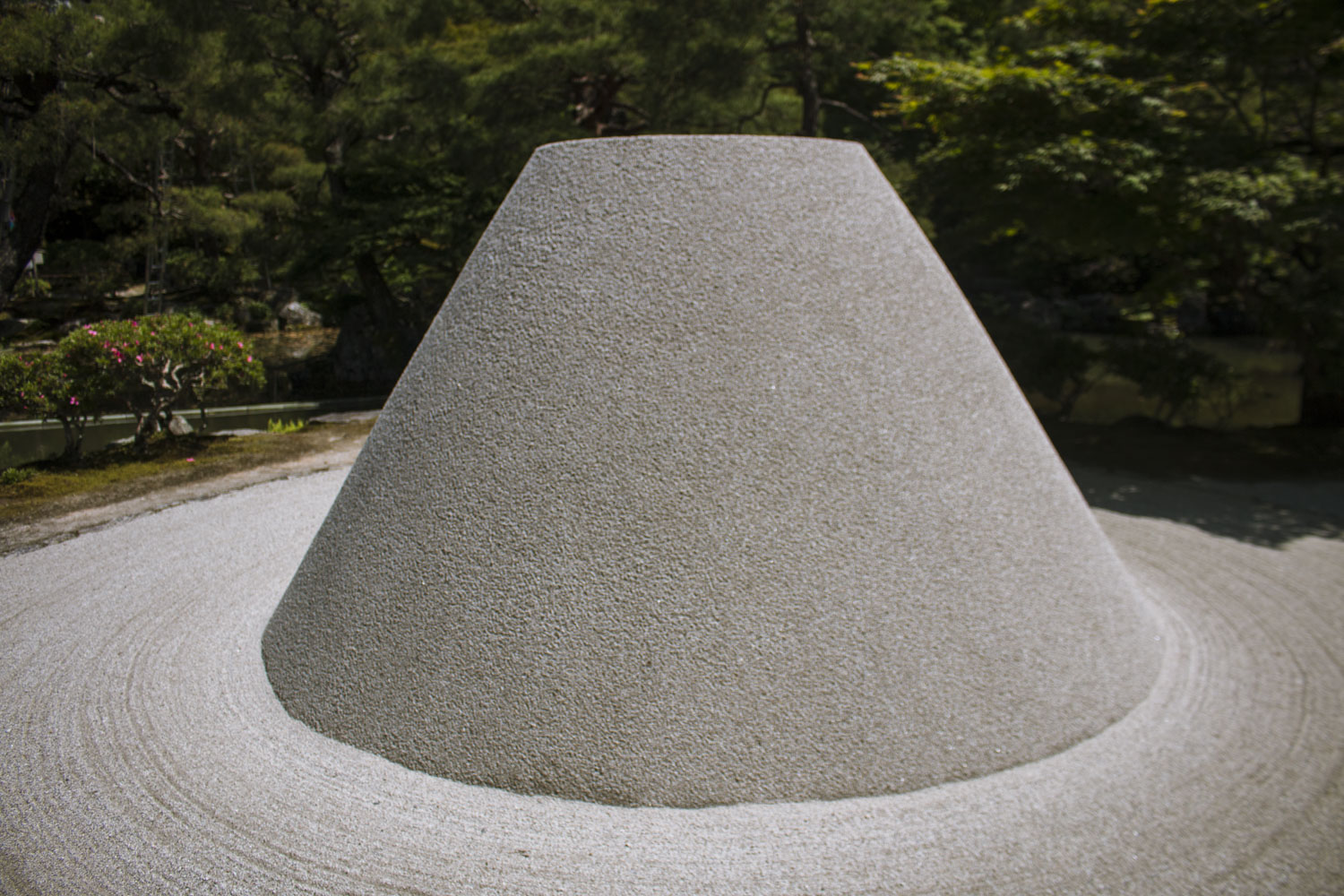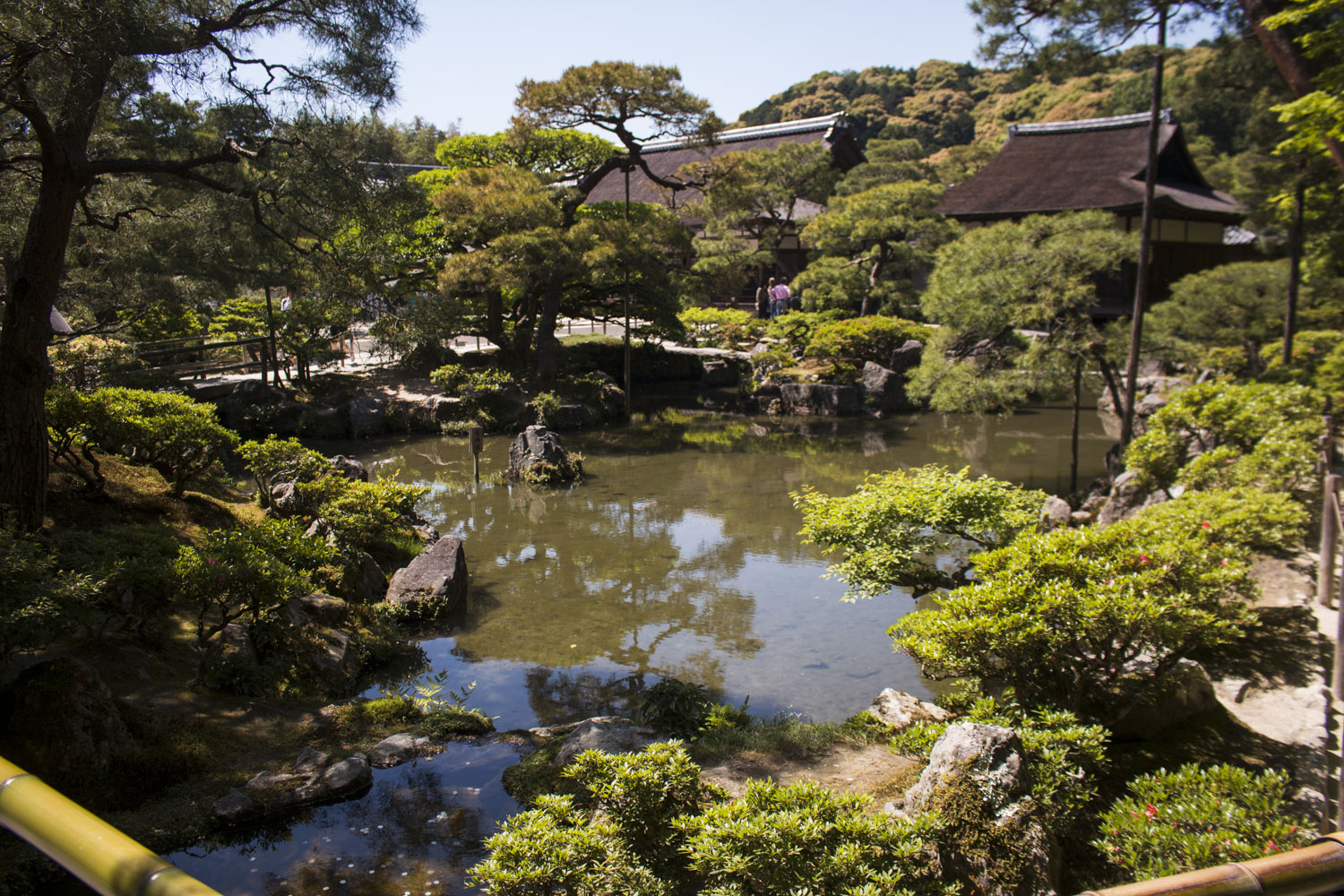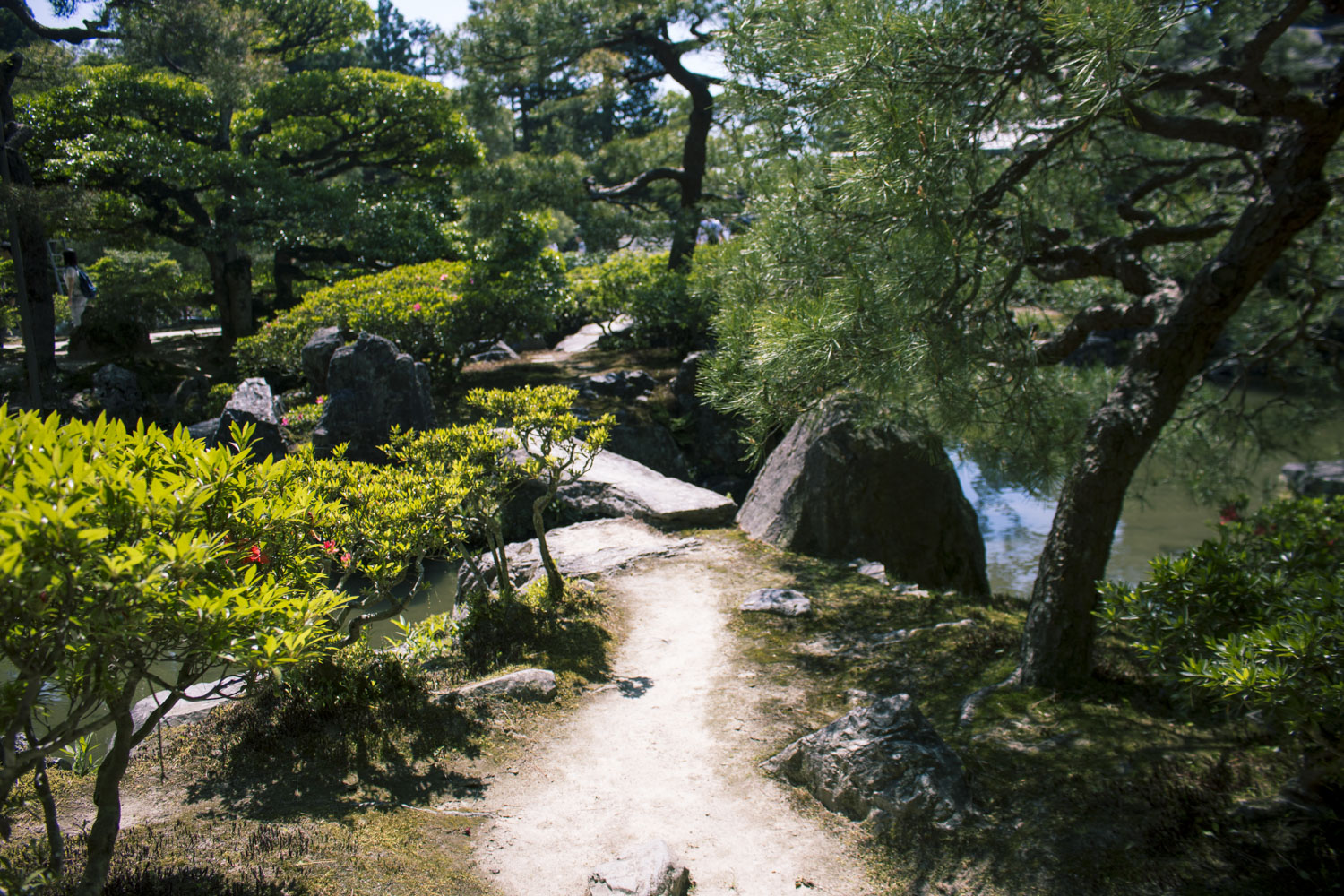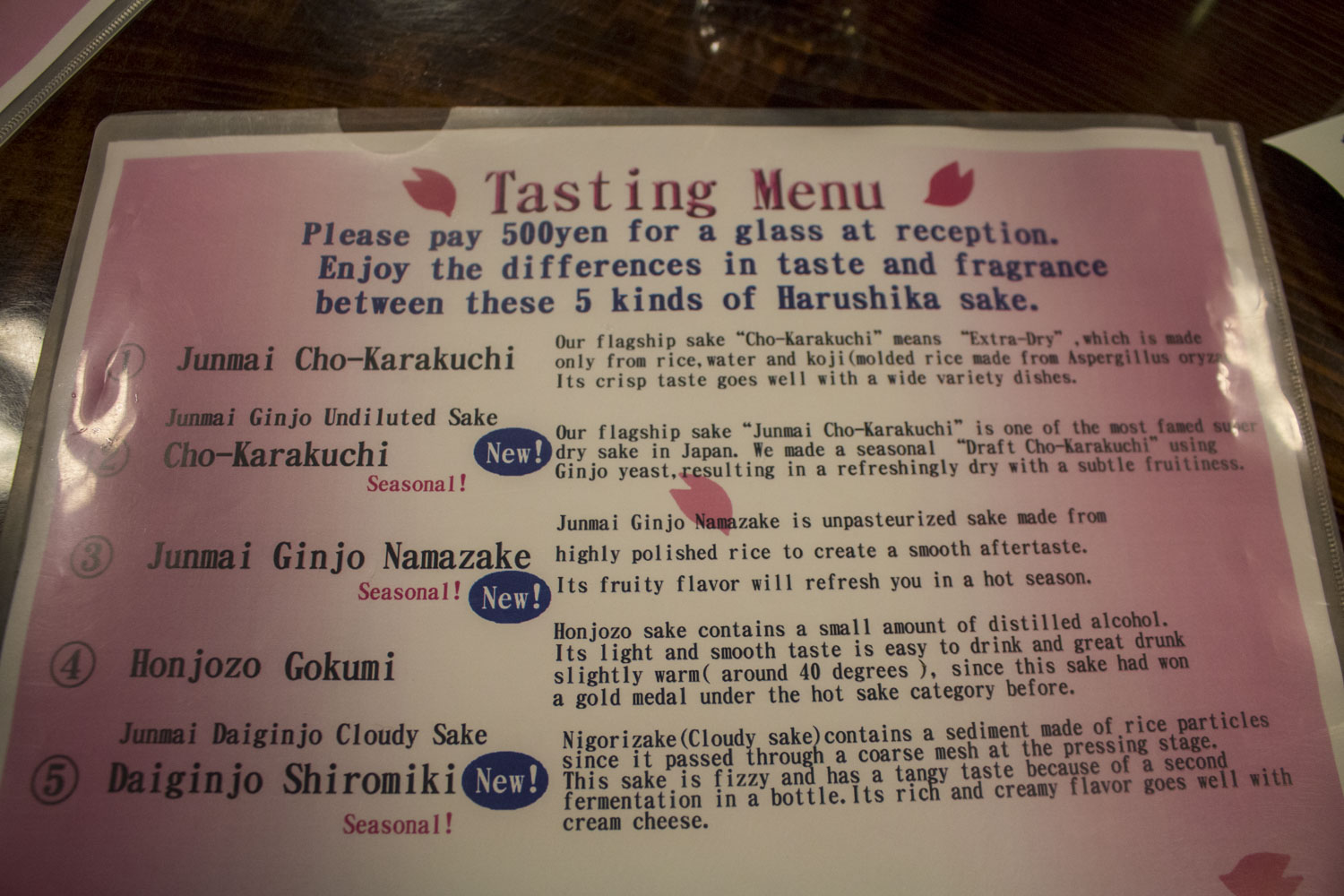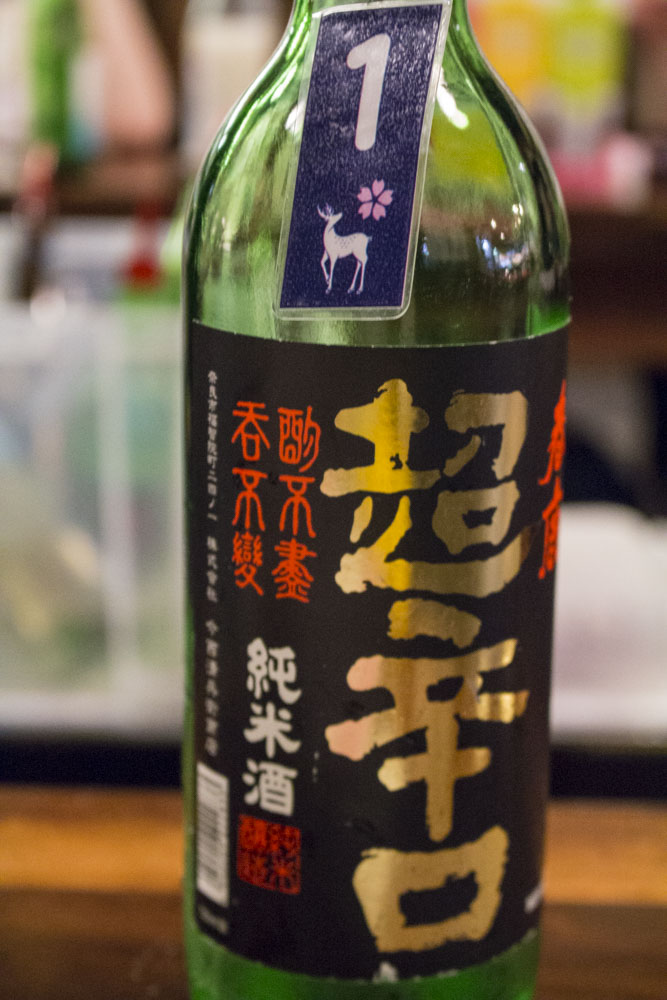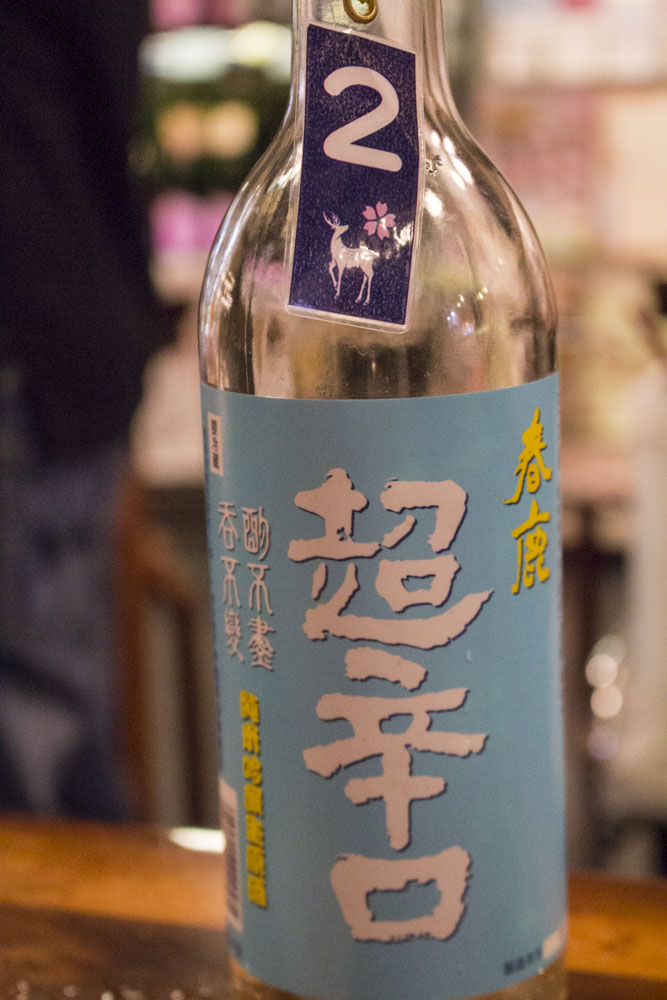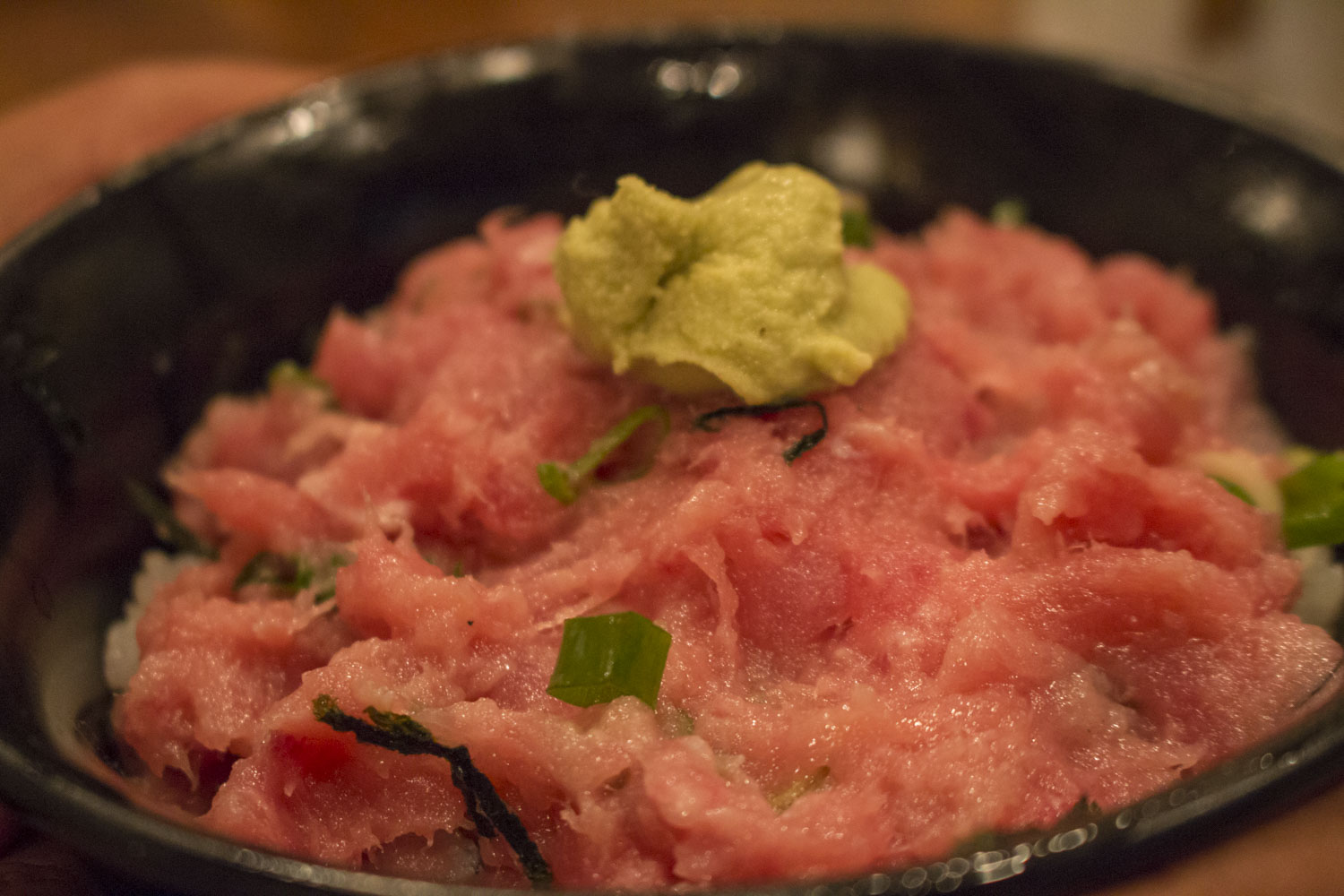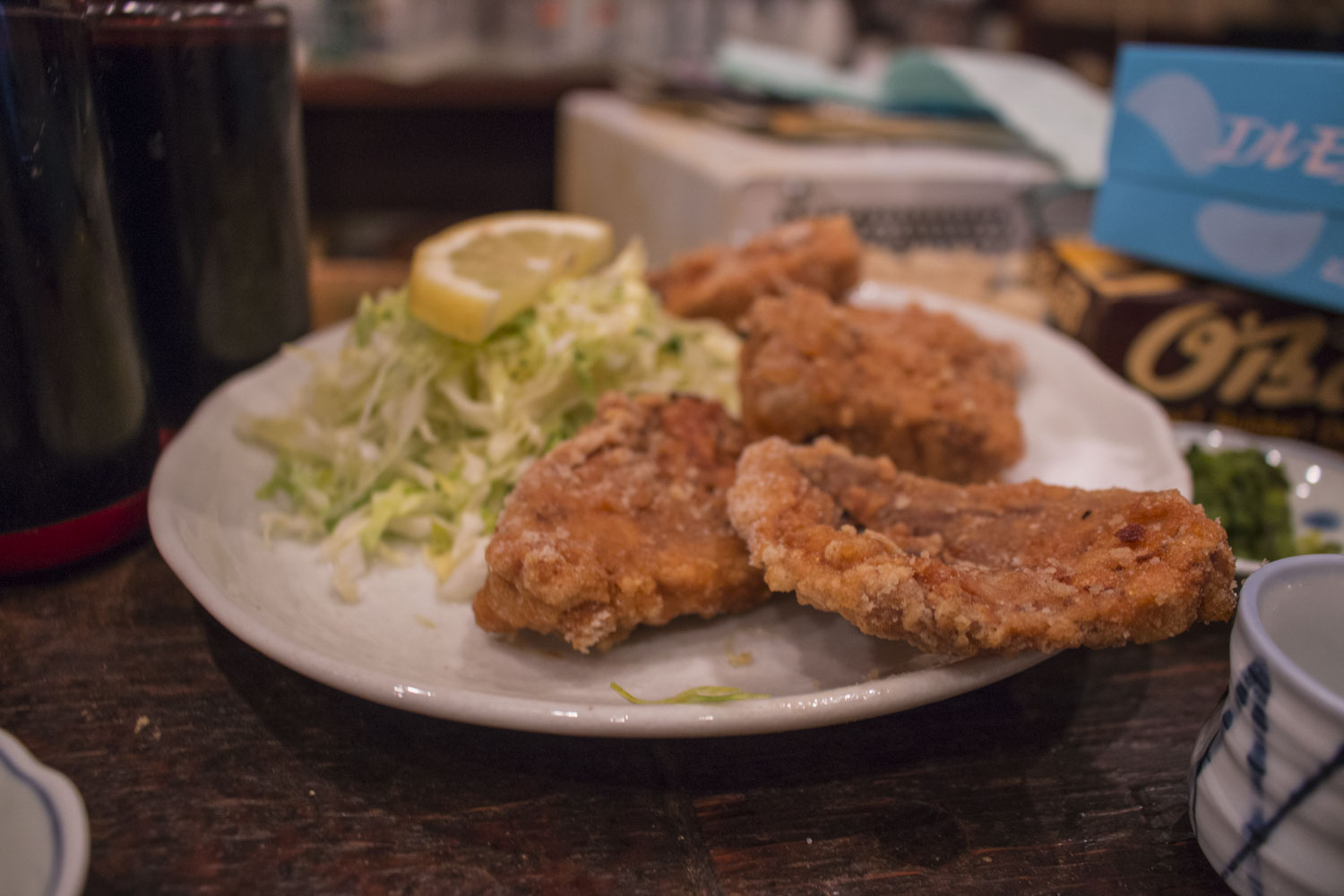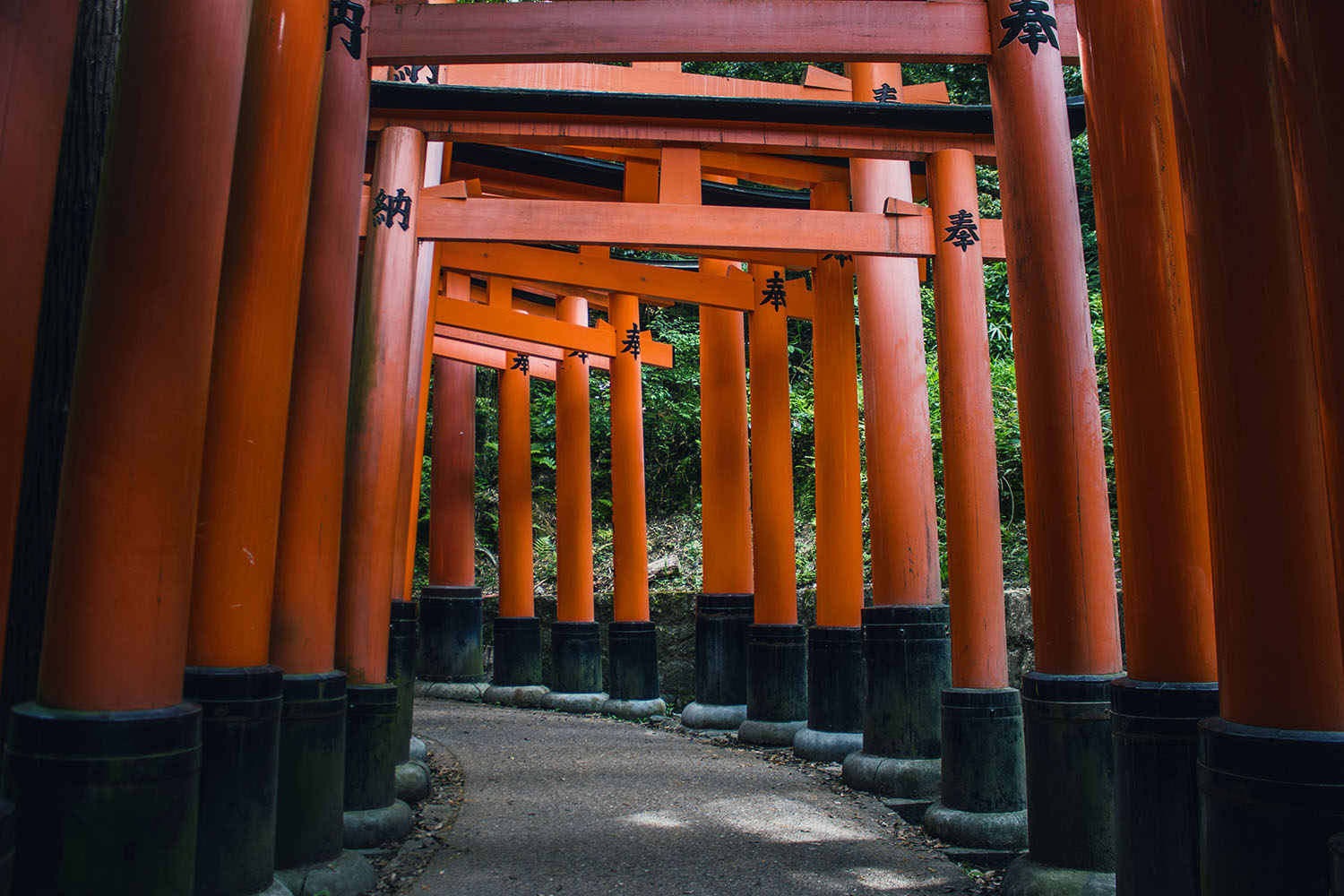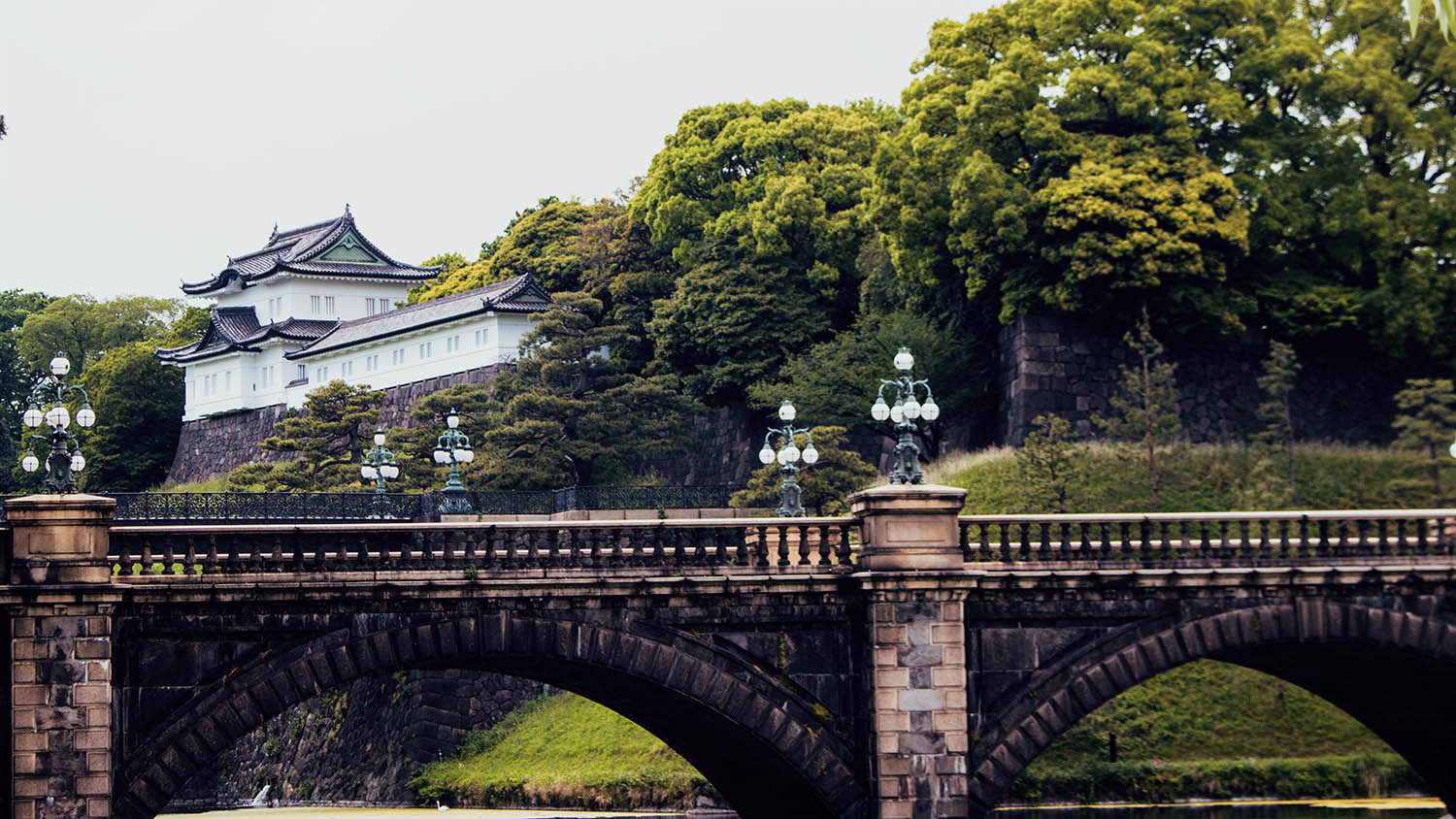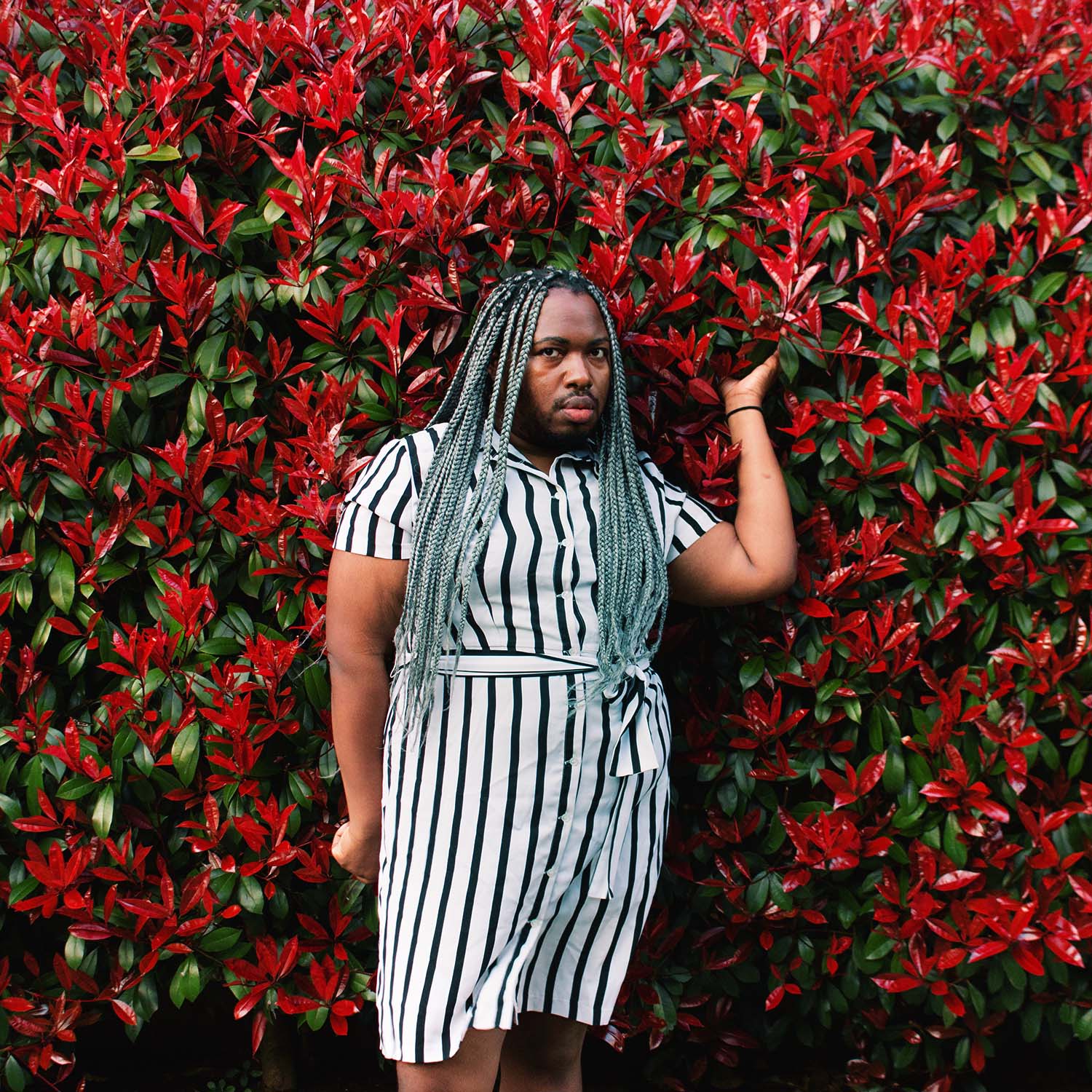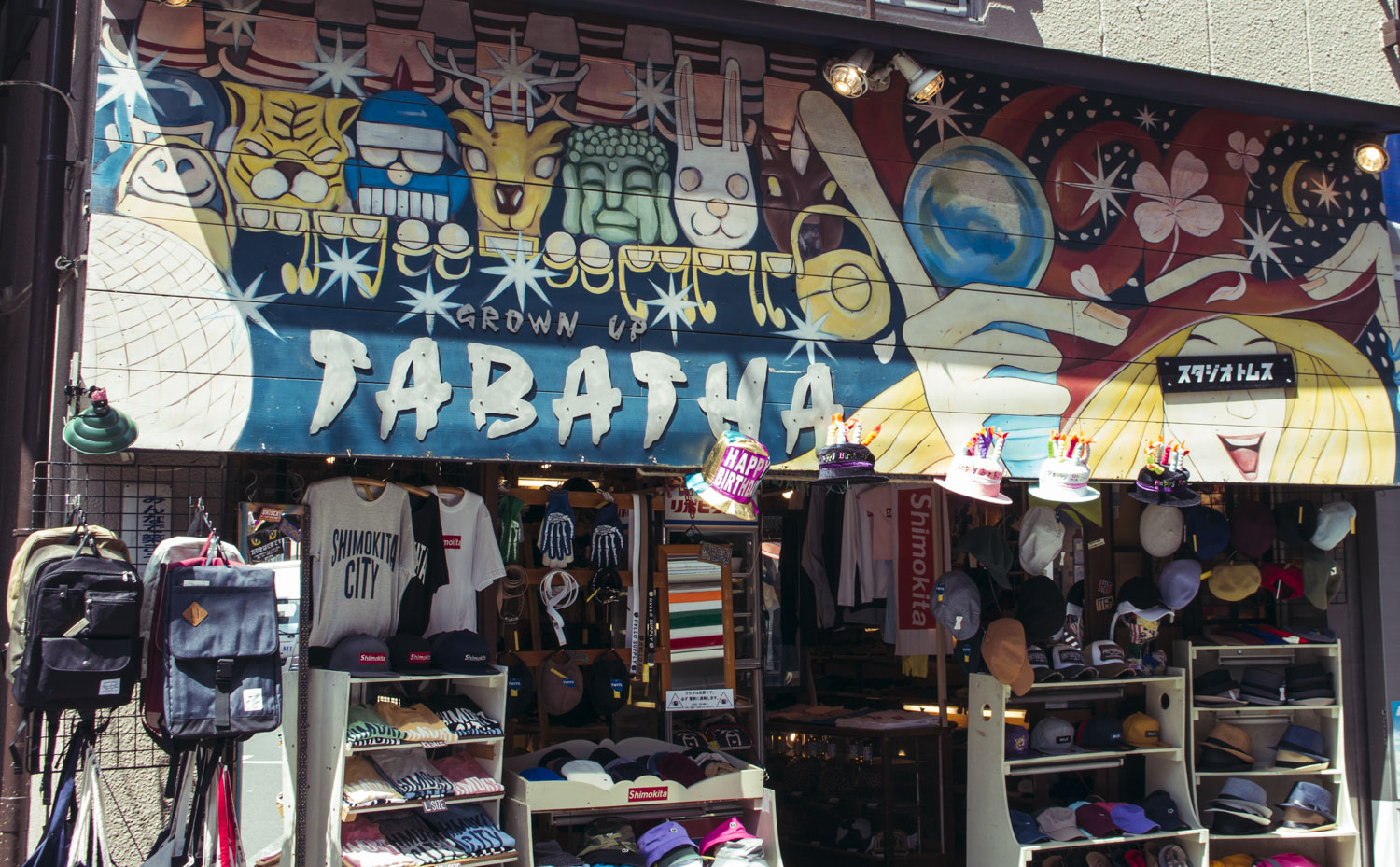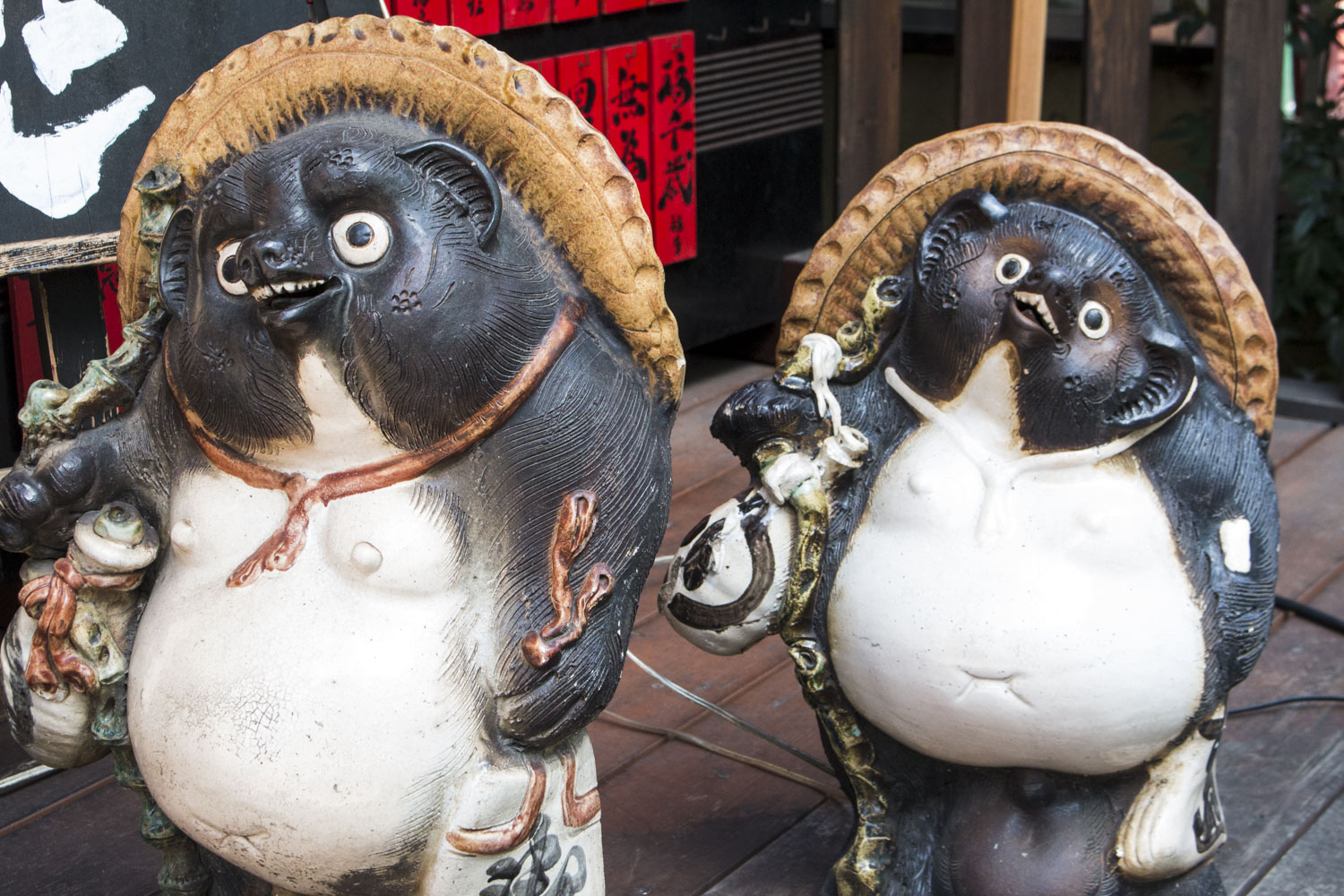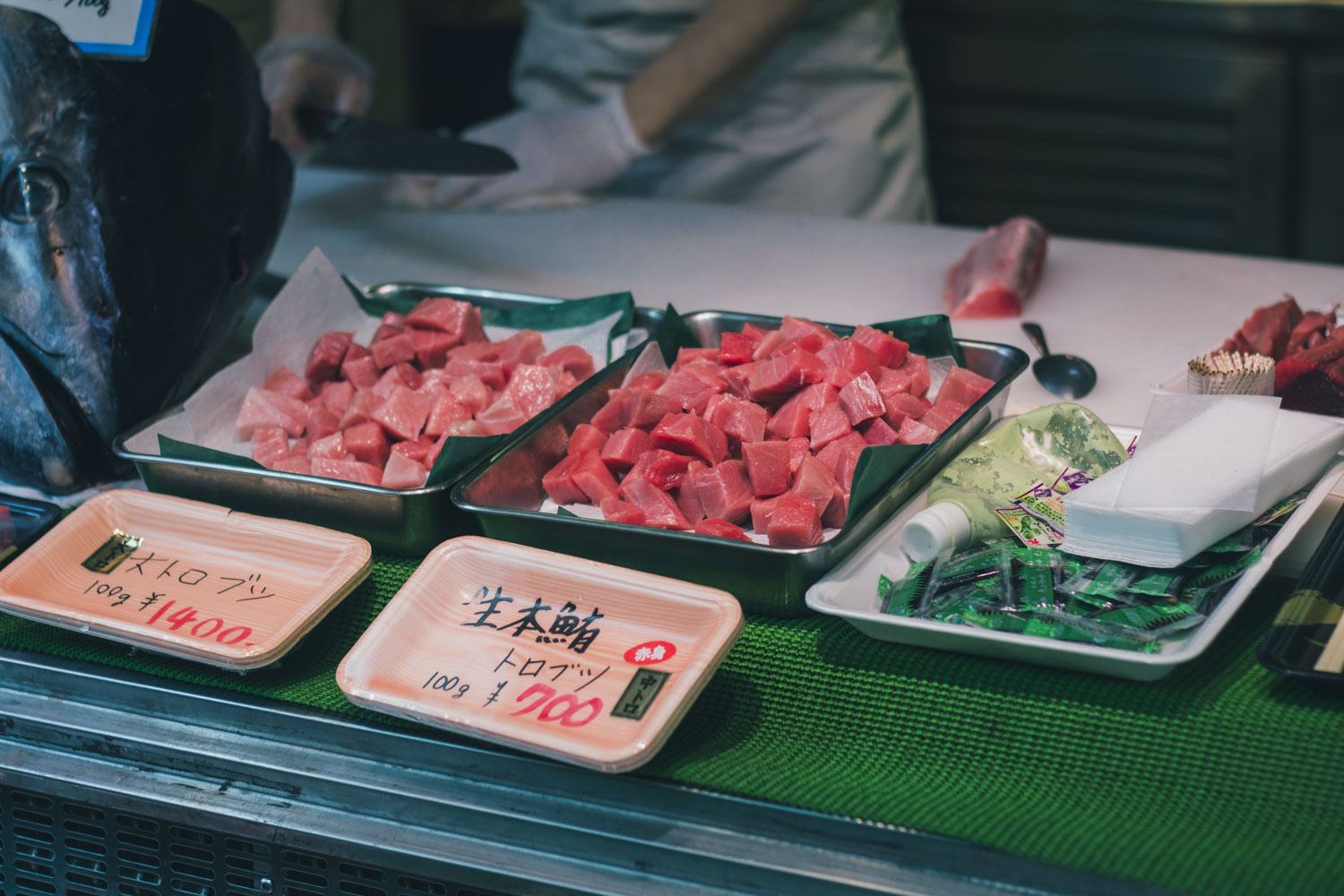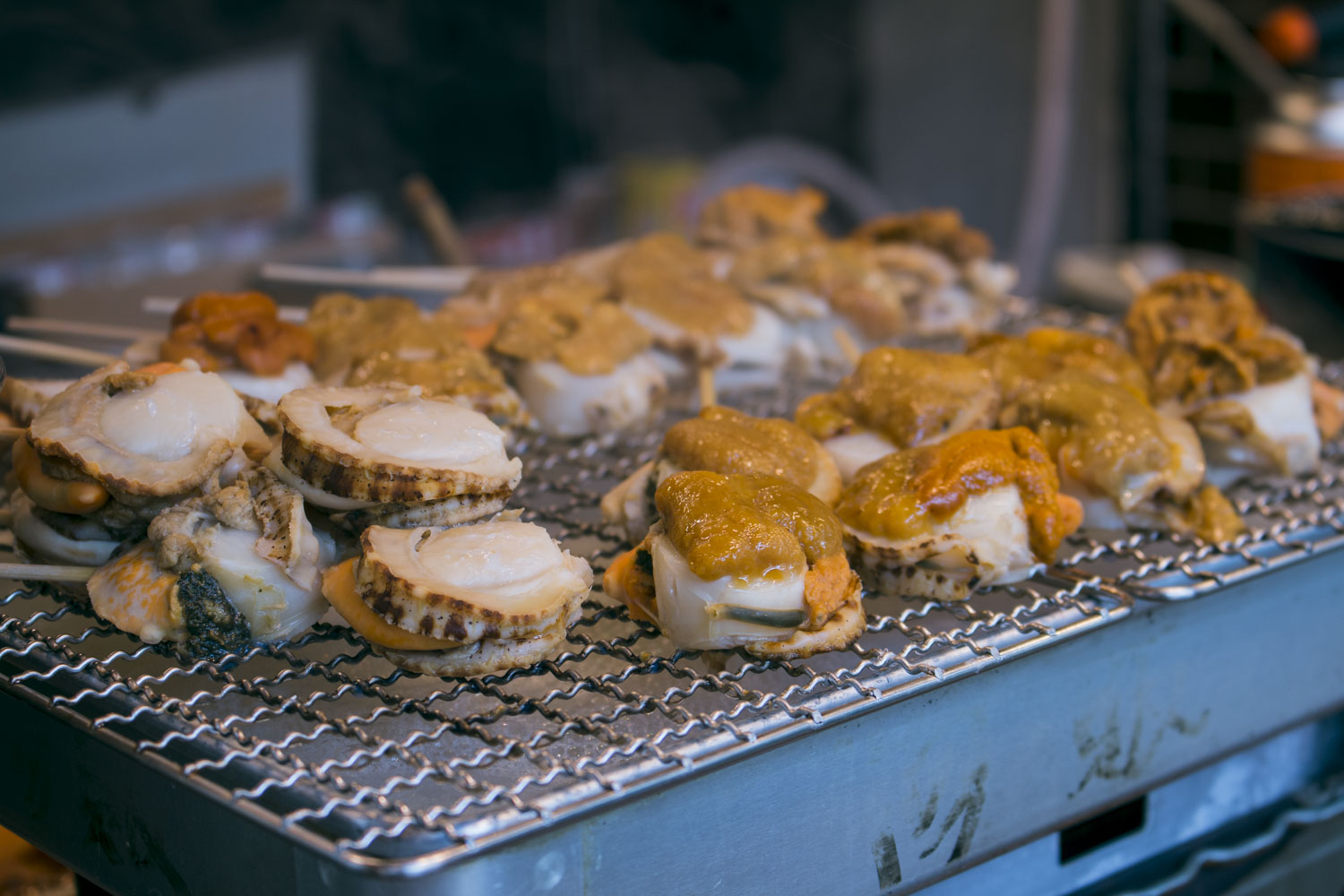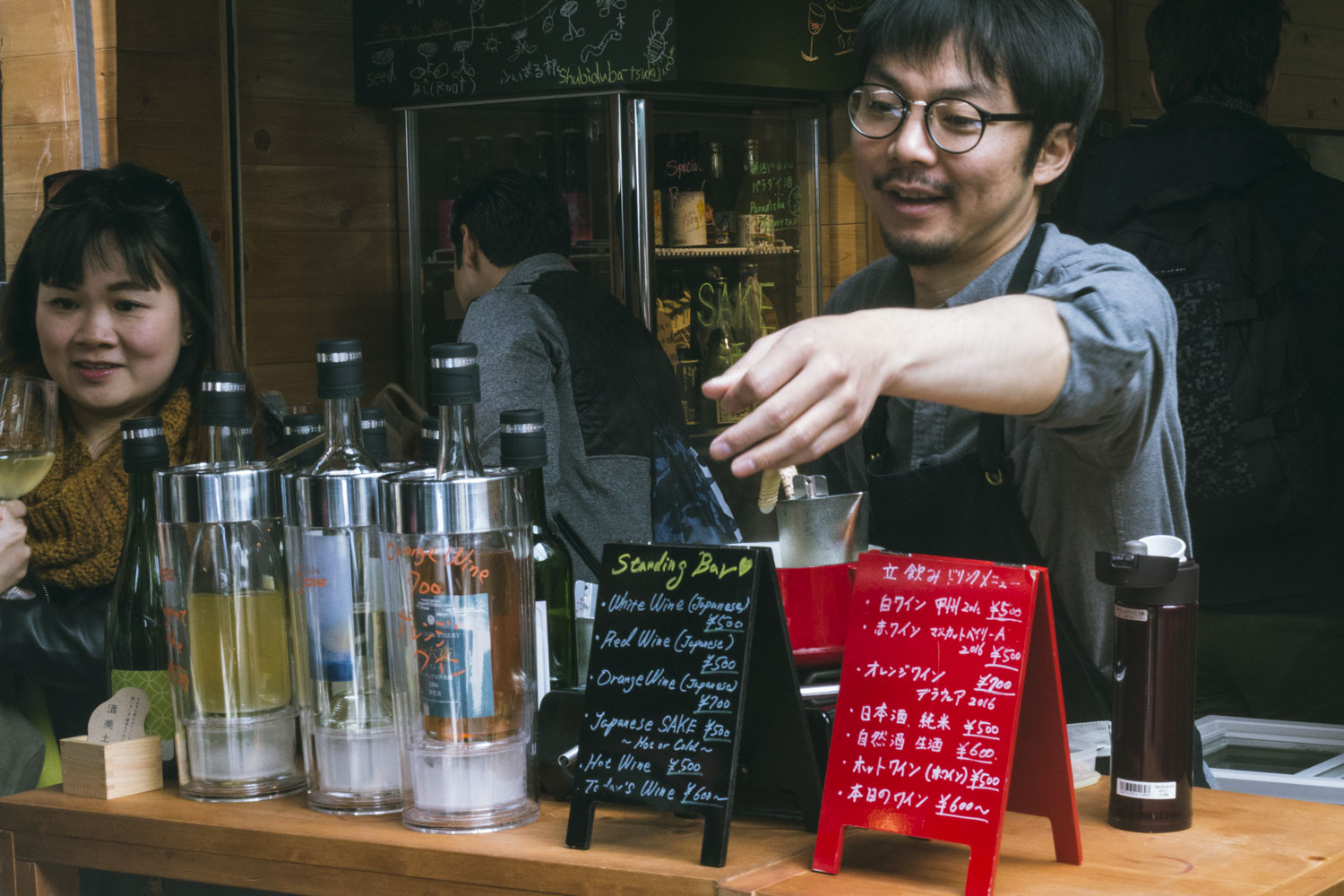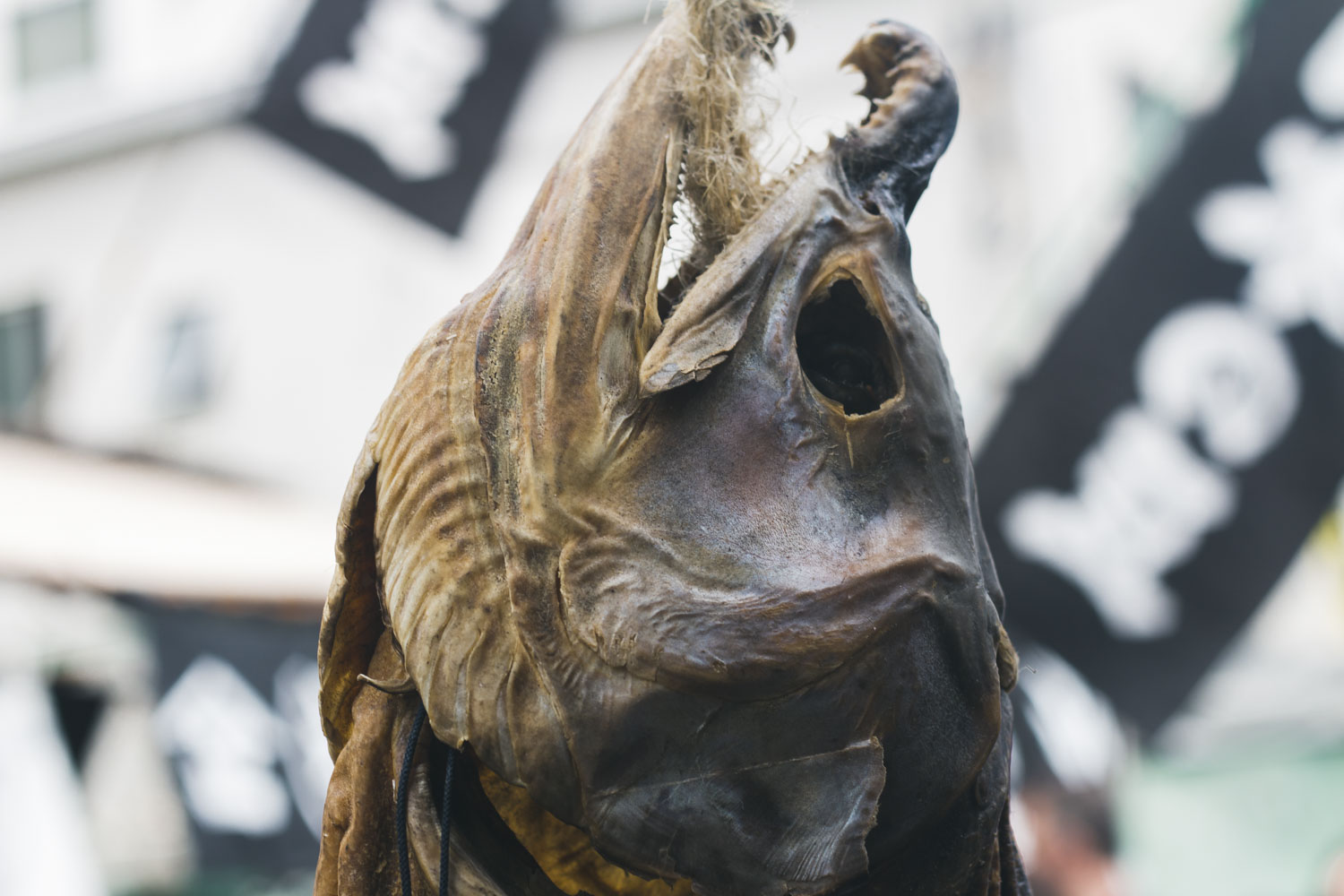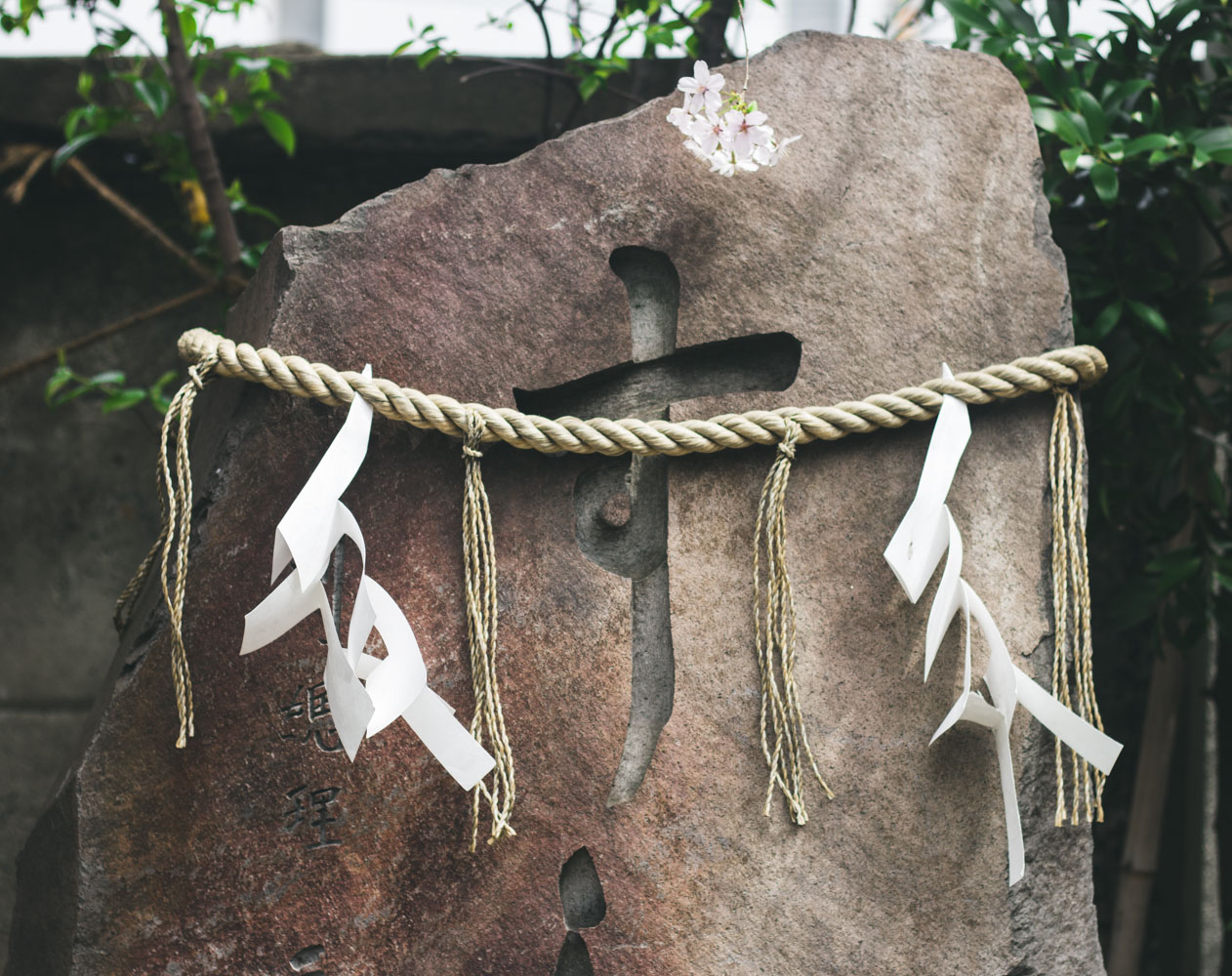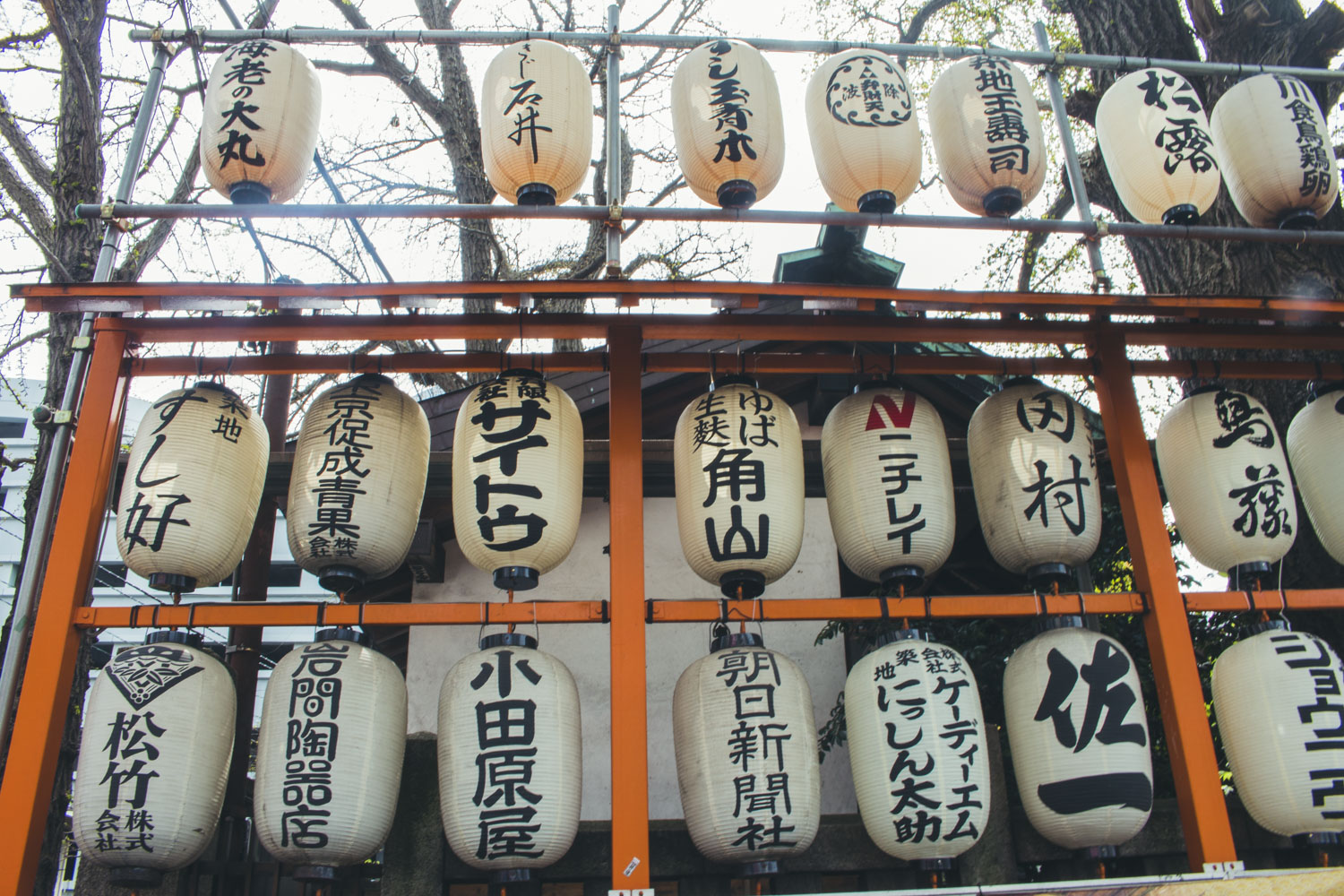I came to Tokyo without knowing anyone and yet as I hugged Alana and Laura I knew that I was saying goodbye to lifelong friends. This travel was all about trusting in the universe and as they made their way to the bus station I knew that the universe will provide me with the people I'm meant to meet on my journey. I had one final bite of an amazingly delcious matcha cheesecake before Sejan, and I went off to one of the biggest festivals in Tokyo- Kanda Matsuri.
The Kanda Myojin Shrine, which is the focal point for the festivities enshrines three different dieties: Daikokuten, Ebisu, and Taira Masakado. The festival started during the 17th century as a way of honoring the prosperity of the Tokugawa Shogun. Portable shrines called, mikoshi, are paraded from their neighborhood of origin to the Kanda Myojin for a blessing before heading back.
The Mikoshi is carried by teams dressed in jackers that symbolize their neighborhood. Like most things in Japan, the process was extremely organized despite the sheer magnitude of the event. One by one the teams led by a leader would fill the street with their colorful jackets and their brightly adorned mikoshi chanting loudly. The mikoshi would bob up and down the entire team working in unison. After watching a couple of neighborhoods stream by we dashed across the street to get a closer look inside the temple.
The smell of grilled squid and takoyaki filled my nostrils and the sound of a flute like instrument paired with drums competed against the loud chants for my attention. No longer in the open air of the street, the energy rebounded off the walls and vibrated in my bones. We followed behind a group as they made their way into the center of the shrine. A large man appeared and did some kind of prayer as the people who carried the mikoshi took a rest. Once the short ceremony was over and the revelers returned to their neighborhoods a brief calm took over the floor. However, shortly after they left I could hear the sharp claps of the wood blocks as another team from a different neighborhood came to take part in this ceremony. A smile broke across my face, thankful for my ability to experience different traditions and to share this with one of my oldest friends.
Make sure you subscribe below so you never miss another addition to the Archive.





